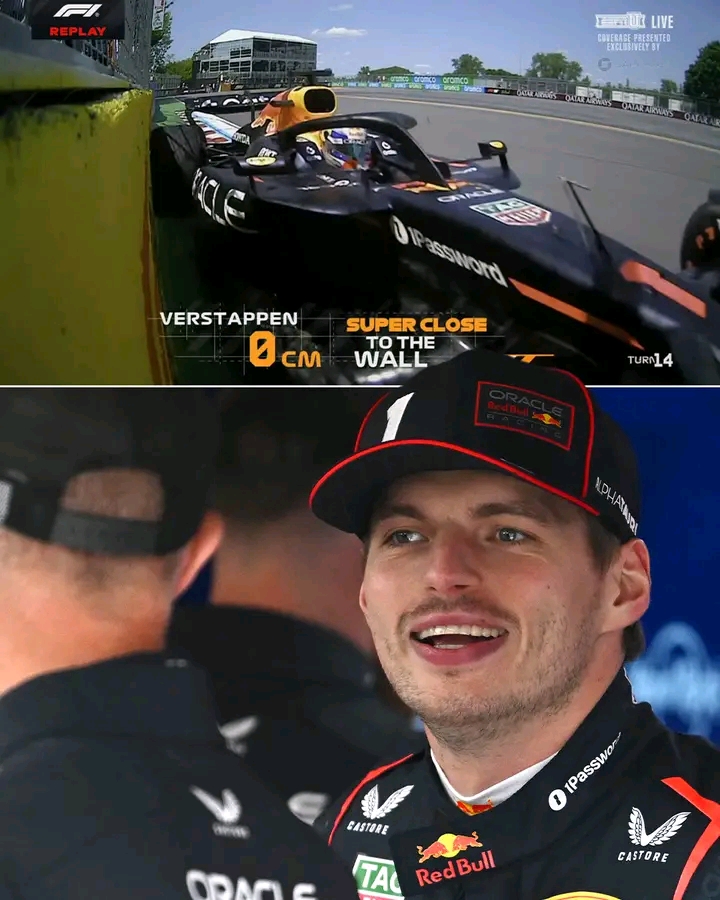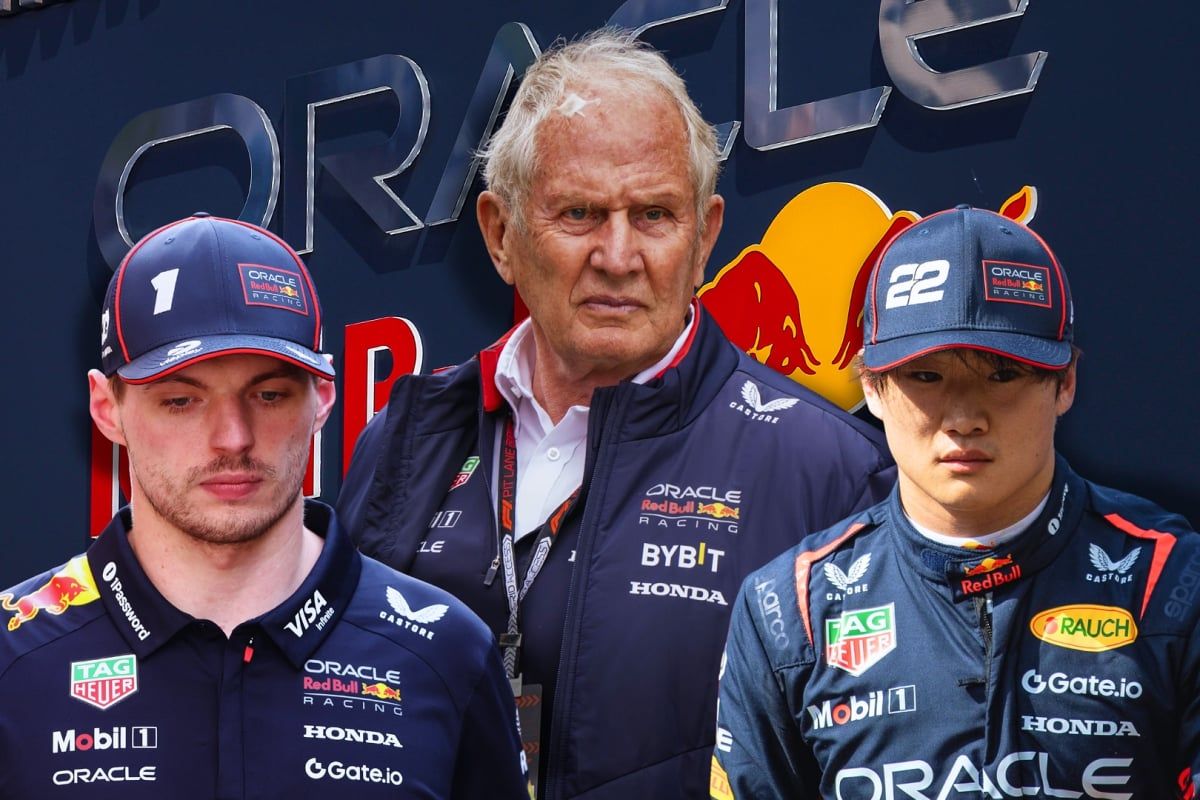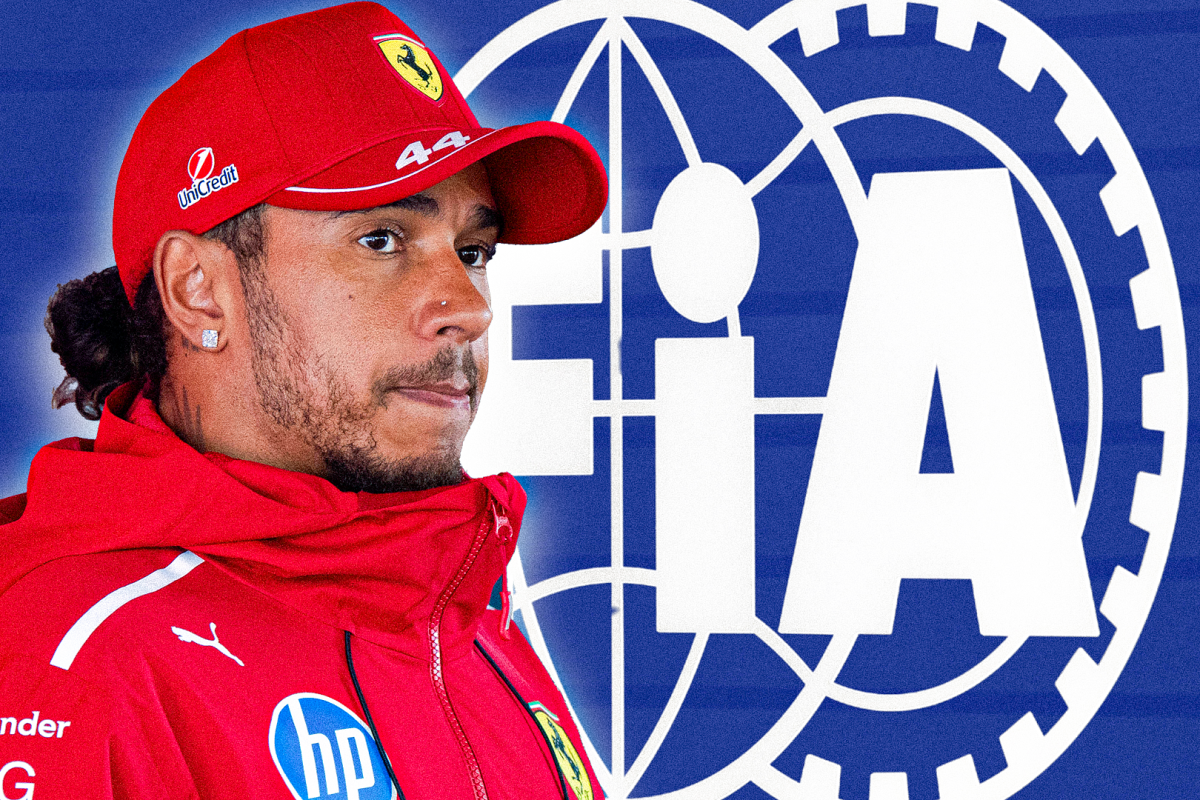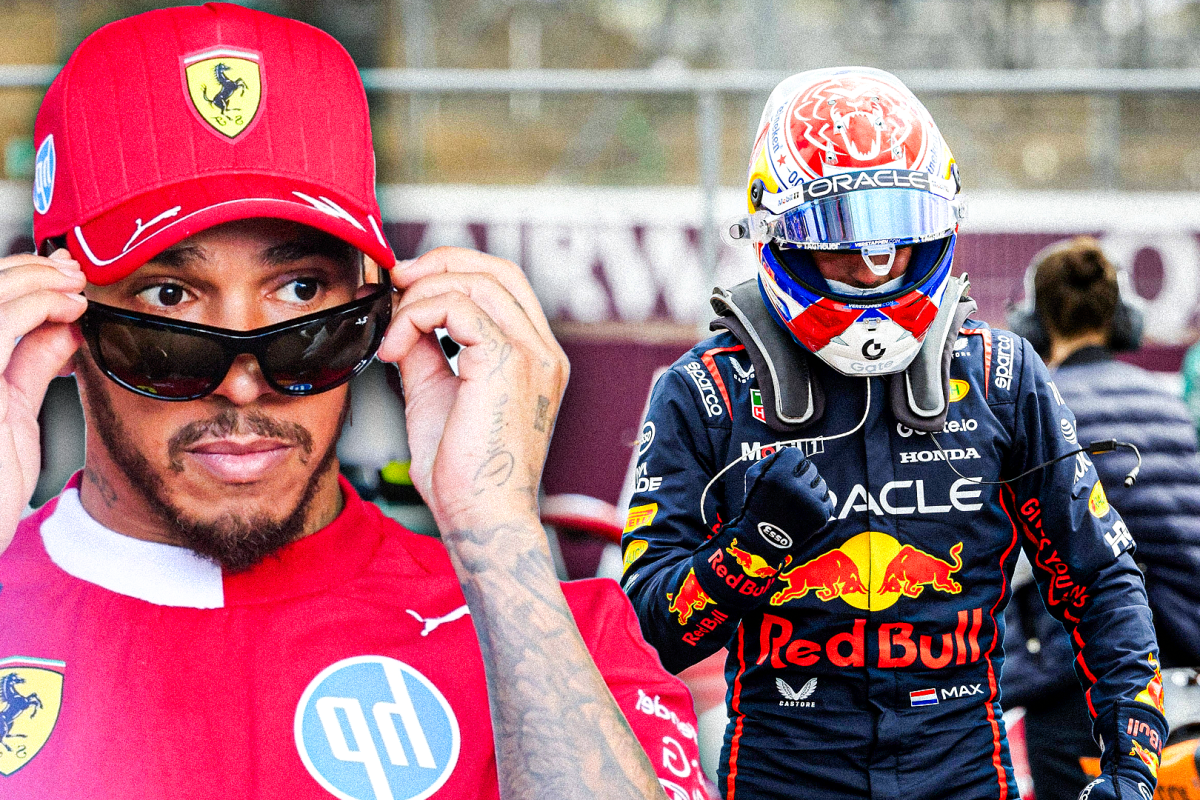Max Verstappen Pushes Red Bull to the Limit, Finding Grips and G…read more
The Canadian Grand Prix, a spectacle of high-speed thrills and daring maneuvers, witnessed Max Verstappen pushing his Red Bull Racing car to its absolute limits. While the result wasn’t a victory, the performance showcased a fascinating interplay between driver skill, car setup, and the ever-evolving nature of Formula One racing. Verstappen’s relentless pursuit of optimal performance, coupled with the challenges posed by the Gilles Villeneuve Circuit, painted a picture of both triumph and discovery.
Verstappen, known for his mastery of braking points and tire management, seemed particularly focused on maximizing the car’s potential throughout the race. The Canadian track, with its combination of high-speed corners, technical sections, and the infamous hairpin, demanded both precision and a willingness to exploit every inch of available grip. This wasn’t just about speed; it was about extracting the maximum performance from the car in specific, nuanced ways. The race unfolded like a masterclass in car control, highlighting the symbiotic relationship between driver and machine.
The key to Verstappen’s approach was arguably his relentless exploration of the car’s limits. He pushed the boundaries of aerodynamic grip, venturing into areas previously considered risky. This involved fine-tuning his driving line, maximizing the car’s downforce in certain corners, and meticulously managing the car’s balance throughout the lap. Each corner presented a different challenge, requiring not just speed but also understanding the car’s limitations and reacting to minute changes in grip.
Observers noted that Verstappen seemed particularly focused on improving his car’s cornering prowess. By pushing the car into the zone where aerodynamic forces were almost at their peak, Verstappen was likely experimenting with the car’s behavior. This was crucial in understanding how it responded to different throttle inputs, brake applications, and steering adjustments. He was seemingly testing different braking points and apex locations, and the telemetry data undoubtedly revealed valuable information for future race strategies and car adjustments.
Beyond the individual cornering dynamics, Verstappen’s driving style showcased an awareness of the changing conditions throughout the race. Tire wear, which plays a significant role on circuits like the one in Montreal, was likely a crucial factor in his approach. Maintaining consistent lap times, particularly during the latter stages of the race, while dealing with tire degradation, required meticulous attention to detail. Verstappen’s strategy was clearly to maximize his chances of maintaining pace over the entire race, understanding the limits his tires would reach.
Furthermore, the approach suggested a level of trust between Verstappen and the Red Bull engineers. The relentless testing of the car’s limits implies a proactive discussion and feedback loop between the driver and the team, allowing for data collection and further refinement of the car’s setup. The data gleaned from Verstappen’s driving style would contribute significantly to the team’s understanding of the car’s performance boundaries. This would further refine their strategy for future races, improving their overall approach to managing the car’s performance.
While Verstappen didn’t achieve the desired outcome in a victory, his driving performance in the Canadian Grand Prix was a compelling display of both precision and risk-taking. His approach suggests a driver constantly seeking new avenues to maximize his car’s potential. His focus on finding the car’s limits wasn’t merely about pushing it to breaking point; it was about understanding its capabilities within a specific context, gathering data for future adjustments. The entire performance, therefore, was a microcosm of the relentless pursuit of excellence in Formula One, with Verstappen clearly at the forefront of that drive.




